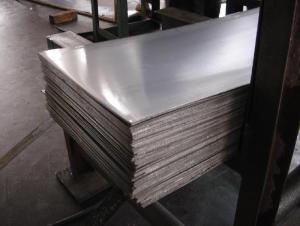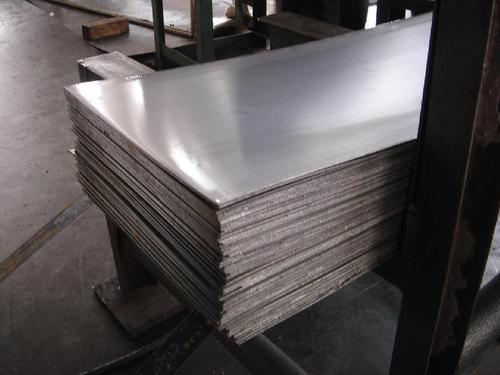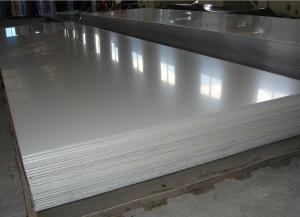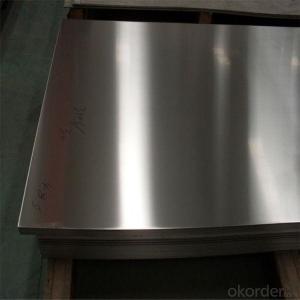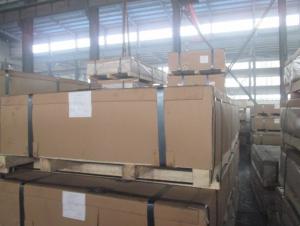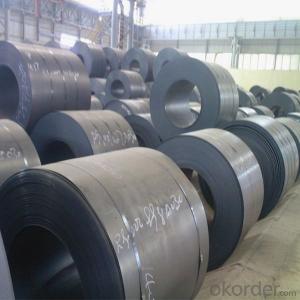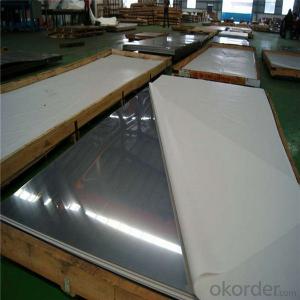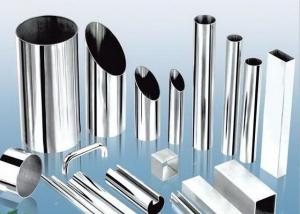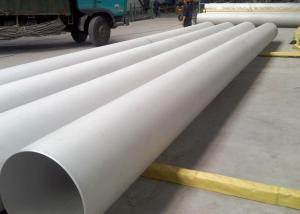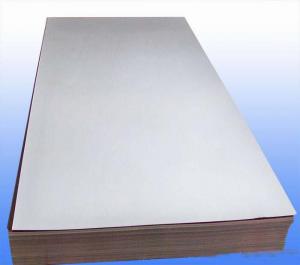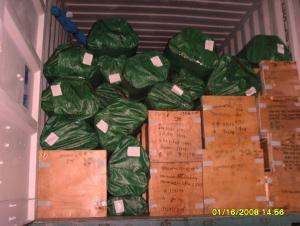420 cold rolled stainless steel sheet
- Loading Port:
- Shanghai
- Payment Terms:
- TT or LC
- Min Order Qty:
- -
- Supply Capability:
- 2000 m.t./month
OKorder Service Pledge
OKorder Financial Service
You Might Also Like
1、Structure of 304/2B STAINLESS STEEL SHEET.
STAINLESS STEEL SHEET IS ONE POPULAR PRODUCTS IN CHINA MARKET, IT HAVE SEVERAL DIFFERENT APPLICATIONS, SUCH AS, CONSTRUCTION, BUILDING, DECORATION, ETC.
THE GRADE ALSO INCLUDE: 200 SERIES, 300 SERIES, 400 SERIES, ETC.
Mainly applied in the industry of furniture, sports equipment, compressed containers, shipbuilding, railway and the automotive.
2、Main Features of the 304 STAINLES STEEL SHEET.
High intensity
Low welding costs.
Outstanding color compatibility after anodizing
Easy to operate. All-position welding.
Excellent corrosion resistance
Wide applicability.
Length per spool only for reference
Spool Size Weight Specifications
D300mm 6Kg~7Kg 0.8mm, 0.9mm, 1.0mm, 1.2mm, 1.6mm
5、FAQ of 304/2B STAINLESS STEEL SHEET.
a.What is monthly capacity
---CNBM is one stated own company and our monthly capacity is about 2000tons.
b. Now which countries do you export your goods?
----Now we export to South East Asia,Africa, North America,South America ect.
- Q: How do you prevent fingerprints and smudges on stainless steel sheets?
- To avoid fingerprints and smudges on stainless steel sheets, several effective techniques can be employed: 1. Opt for a microfiber cloth: Employ a soft microfiber cloth to gently wipe the stainless steel surface. Microfiber is gentle and will not cause any scratches or streaks. Avoid using rough materials such as paper towels or abrasive sponges. 2. Utilize a stainless steel cleaner: Invest in a high-quality stainless steel cleaner that is specifically designed to eliminate fingerprints and smudges. Adhere to the cleaner's instructions and evenly apply it to the surface using a cloth or sponge. Remove any excess cleaner with a clean cloth. 3. Apply baby oil or mineral oil: Dab a small amount of baby oil or mineral oil onto a cloth and delicately rub it over the stainless steel surface. This will create a thin protective layer that aids in preventing fingerprints and smudges from adhering to the metal. 4. Avoid direct contact with bare hands: Fingerprints and smudges often result from direct contact with hands. Endeavor to handle stainless steel sheets with clean, dry hands or wear gloves if necessary. This will minimize the transfer of oils and residue onto the surface. 5. Establish a regular cleaning routine: Implement a consistent cleaning regimen for your stainless steel sheets. Wipe them down with a microfiber cloth or stainless steel cleaner at least once a week, or more frequently in high-traffic areas. This will hinder the accumulation of oils and grime, thereby reducing the likelihood of fingerprints and smudges. By adhering to these methods, you can effectively thwart the occurrence of fingerprints and smudges on stainless steel sheets, preserving their cleanliness and shine for an extended duration.
- Q: Can stainless steel sheets be used outdoors?
- Yes, stainless steel sheets can be used outdoors. Stainless steel is highly resistant to corrosion and rust, making it suitable for outdoor applications. It can withstand various weather conditions and is commonly used in construction, architecture, and outdoor furniture due to its durability and aesthetic appeal.
- Q: How do you remove rust or corrosion from stainless steel sheets?
- There are several effective methods to remove rust or corrosion from stainless steel sheets. One common approach is to use a mixture of baking soda and water to create a paste, which can be applied to the affected areas and gently scrubbed using a soft cloth or sponge. Another option is to use vinegar or lemon juice, which have natural acidic properties that can help dissolve the rust. Simply soak a cloth in either of the liquids and rub the affected areas until the rust is removed. For more stubborn rust or corrosion, using a commercial stainless steel cleaner or a fine-grit sandpaper can be effective. It is important to always follow the manufacturer's instructions and to test any cleaning method on a small, inconspicuous area before applying it to the entire surface.
- Q: Are stainless steel sheets resistant to scaling at high temperatures?
- Yes, stainless steel sheets are highly resistant to scaling at high temperatures.
- Q: What are the different types of perforations available for stainless steel sheets?
- There are several different types of perforations available for stainless steel sheets, each serving a specific purpose and offering unique characteristics. Here are some of the most common types: 1. Round Perforations: These are the most basic and widely used type of perforations. They consist of evenly spaced round holes punched through the stainless steel sheet. Round perforations offer good airflow and visibility while providing adequate strength and durability. 2. Square Perforations: Similar to round perforations, square perforations feature evenly spaced square holes instead of round ones. Square perforations are often preferred when a more geometric and modern aesthetic is desired, as they can create a visually appealing pattern. 3. Slotted Perforations: Slotted perforations are characterized by elongated, rectangular holes that are punched through the stainless steel sheet. This type of perforation allows for better drainage and airflow, making it suitable for applications such as grilles, screens, and filters. 4. Hexagonal Perforations: Hexagonal perforations feature hexagon-shaped holes that are punched through the stainless steel sheet. This type of perforation offers an interesting visual pattern and can provide better strength and rigidity compared to round or square perforations. 5. Decorative Perforations: These perforations are specifically designed to enhance the aesthetic appeal of stainless steel sheets. They can come in various shapes, sizes, and patterns, including floral, geometric, or custom designs. Decorative perforations are often used in architectural applications, interior design, and decorative panels. 6. Micro Perforations: Micro perforations are extremely small holes that are closely spaced in the stainless steel sheet. They are commonly used in applications where a high level of precision and fine filtering is required, such as speaker grilles, ventilation systems, or sieves. It's important to note that the availability of specific perforation types may vary depending on the supplier or manufacturer. Additionally, some suppliers may offer custom perforation options to meet unique requirements or design preferences.
- Q: What are the advantages of using stainless steel sheets in the aerospace industry?
- There are several advantages of using stainless steel sheets in the aerospace industry. Firstly, stainless steel has excellent corrosion resistance properties, which is crucial in environments with high moisture and temperature fluctuations. This helps to maintain the structural integrity of the aircraft and ensures longevity. Additionally, stainless steel sheets offer high strength-to-weight ratio, making them ideal for constructing lightweight yet durable components. They also possess high heat resistance, allowing them to withstand extreme temperatures that may be encountered during flight. Furthermore, stainless steel sheets can be easily formed and fabricated into complex shapes, providing design flexibility. Overall, these advantages make stainless steel sheets a reliable and efficient choice for various aerospace applications.
- Q: What's the difference between stainless steel 304 2B board and Ba board?
- 304 stainless steel2B board: without glossBA board: an ordinary mirror that shines a littleStainless steel and mirror, that is, 8K board, like a mirror
- Q: Are stainless steel sheets suitable for cryogenic storage containers?
- Yes, stainless steel sheets are suitable for cryogenic storage containers. Stainless steel has excellent resistance to low temperatures and is known for its durability, strength, and corrosion resistance, making it an ideal choice for cryogenic applications.
- Q: Can stainless steel sheets be polished?
- Yes, stainless steel sheets can be polished. Polishing stainless steel sheets helps to improve their appearance by creating a smooth and shiny surface. The process typically involves using abrasive materials such as sandpaper, polishing compounds, or polishing machines to remove any imperfections or scratches on the surface of the stainless steel sheet. This can be done manually or with the help of specialized equipment. Polishing stainless steel sheets not only enhances their aesthetic appeal but also helps to prevent corrosion and improve their resistance to staining.
- Q: How do you prevent galling when using stainless steel sheets?
- To prevent galling when utilizing stainless steel sheets, there are several precautions that can be taken: 1. Lubrication: Apply an appropriate lubricant or anti-seize compound to the contact surfaces in order to decrease friction. This will establish a barrier between the stainless steel sheets, preventing sticking and galling. 2. Ensure proper surface finish: Verify that the stainless steel sheets possess a smooth surface finish. Rough or uneven surfaces heighten the likelihood of galling. Consider implementing sheets with a polished or finely ground finish to minimize the chance of galling. 3. Regulate contact pressure: Refrain from applying excessive pressure when working with stainless steel sheets. Excessive pressure generates heat and intensifies friction, leading to galling. Adjust the pressure to a level that allows for smooth movement without excessive friction. 4. Decrease sliding or rubbing: Diminish the amount of sliding or rubbing between stainless steel sheets. If feasible, employ rolling or lifting techniques instead of dragging or sliding the sheets against each other. This will minimize the risk of galling by reducing the contact area and friction. 5. Utilize compatible materials: When utilizing stainless steel sheets in conjunction with other materials, ensure compatibility. Certain materials, such as aluminum or specific coatings, can promote galling when in contact with stainless steel. Opt for materials that are less prone to galling or utilize protective coatings to prevent direct contact. 6. Avoid excessive heat: Excessive heat heightens the likelihood of galling in stainless steel sheets. Guarantee that the temperature is controlled and does not reach levels that could significantly heat up the sheets. This can be achieved through proper cooling methods or by implementing heat-resistant materials, if necessary. By adhering to these preventative measures, the risk of galling when utilizing stainless steel sheets can be significantly reduced. This will result in smooth operation and prolong the lifespan of the sheets.
Send your message to us
420 cold rolled stainless steel sheet
- Loading Port:
- Shanghai
- Payment Terms:
- TT or LC
- Min Order Qty:
- -
- Supply Capability:
- 2000 m.t./month
OKorder Service Pledge
OKorder Financial Service
Similar products
Hot products
Hot Searches
Related keywords
